Retro Replay Review
Gameplay
Westward III: Gold Rush retains the core mechanics of its predecessor, delivering a familiar yet polished city-building simulation set against the unforgiving backdrop of the 19th-century American frontier. From the onset, players must select one of three distinct heroes—Polly Hatchet, Amos Cutter, or Shawnee Longfeather—each unlocking a unique building plan. This choice shapes your initial strategy: Polly offers free ranch plans, Amos provides gun shop schematics, and Shawnee grants access to the tannery, injecting a subtle layer of replayability into an otherwise classic framework.
(HEY YOU!! We hope you enjoy! We try not to run ads. So basically, this is a very expensive hobby running this site. Please consider joining us for updates, forums, and more. Network w/ us to make some cash or friends while retro gaming, and you can win some free retro games for posting. Okay, carry on 👍)
Resource management remains at the heart of the experience. Gold, wood, food, and water are tracked on the intuitive bottom interface, mirroring real-world supply challenges. Your settlers appear automatically when housing is available, and they consume resources persistently, urging you to expand farms, dig wells, or hunt game to avoid famine. Panning for gold along riverbanks and mining deposits rewards exploration, while strategic placement of wood huts near forests ensures a steady timber supply.
The direct control system employs simple click-and-drag commands: you can build, repair, hunt, or fight by drawing lines from your hero or workers to the target object. With a left-click to select and a right-click to issue orders, the interface feels responsive and quick to master. Though most characters can construct and maintain buildings, only your chosen hero can hunt wildlife and combat adversaries, emphasizing the hero’s pivotal role in shaping and defending your budding settlement.
Graphics
Visually, Gold Rush marks a modest yet welcome upgrade with fully realized 3D environments. The ability to zoom in and out using the mouse wheel offers flexible perspectives—jump from a bird’s-eye overview of your town to close-up shots of settlers tending to crops or hauling timber. The result is a more immersive feel compared to the 2D backdrop of earlier entries.
Environmental textures and models are serviceable without ever striving for photorealism. Rolling plains, dense forests, and winding rivers are presented with a warm color palette that evokes the rustic charm of frontier life. Animations—such as loggers felling trees and herds of bison roaming grassy knolls—add dynamic life to each scenario, even if they loop with noticeable repetition during extended play sessions.
The user interface elegantly integrates resource bars, quest lists, and building menus without cluttering the screen. Icons at the top-left neatly track active quests, while a row of buttons at the top gives quick access to the in-game store for new blueprints. Though the art style feels slightly dated by modern standards, it contributes to the game’s nostalgic, expansion-pack vibe rather than detracting from the overall experience.
Story
Westward III: Gold Rush weaves a loose narrative around the feverish hunt for gold, offering context through character backstories rather than a linear plot. Polly Hatchet’s quest for fortune, Amos Cutter’s search for purpose post-military life, and Shawnee Longfeather’s journey to preserve her cultural ties all serve as thematic anchors that enrich the sandbox setting.
Quests are your primary storytelling device, ranging from straightforward fetch missions to more involved tasks like stockpiling specific resources or erecting milestone buildings. Each successful quest rewards you with new blueprints or additional settlers, subtly advancing the frontier saga and providing tangible goals beyond mere survival.
While the game lacks a cinematic storyline or voice-acted cutscenes, emergent narratives arise from the simulation itself. Fending off roaming outlaws, responding to resource shortages, and watching your settlement flourish foster a sense of ownership and investment. The story unfolds through player-driven choices, making each playthrough uniquely memorable despite the absence of an overarching narrative arc.
Overall Experience
As an expansion-style sequel, Westward III: Gold Rush may not reinvent the wheel, but it refines a venerable formula with enough fresh content to satisfy returning players. The addition of hero-specific perks, alongside new building types and quests, lends a sense of novelty without straying from Sandlot’s tried-and-true design. Those expecting groundbreaking innovations may feel underwhelmed, yet fans of the series will appreciate the polished interface and incremental improvements.
The balance between strategic depth and accessible controls makes Gold Rush an ideal gateway for newcomers to the genre. Veteran city-building enthusiasts will find the resource micromanagement and quest system sufficiently engaging, while casual players can enjoy the straightforward click-and-build mechanics without being overwhelmed by complexity.
Ultimately, Westward III: Gold Rush delivers a warm, faithful revival of frontier town management, wrapped in modest graphical upgrades and replayable hero choices. It may not eclipse its predecessors, but its blend of charming visuals, steady pacing, and emergent storytelling earns it a strong recommendation for anyone looking to strike gold in the arid rings of western civilization.
 Retro Replay Retro Replay gaming reviews, news, emulation, geek stuff and more!
Retro Replay Retro Replay gaming reviews, news, emulation, geek stuff and more!
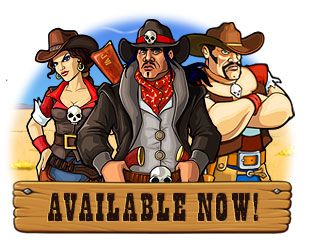
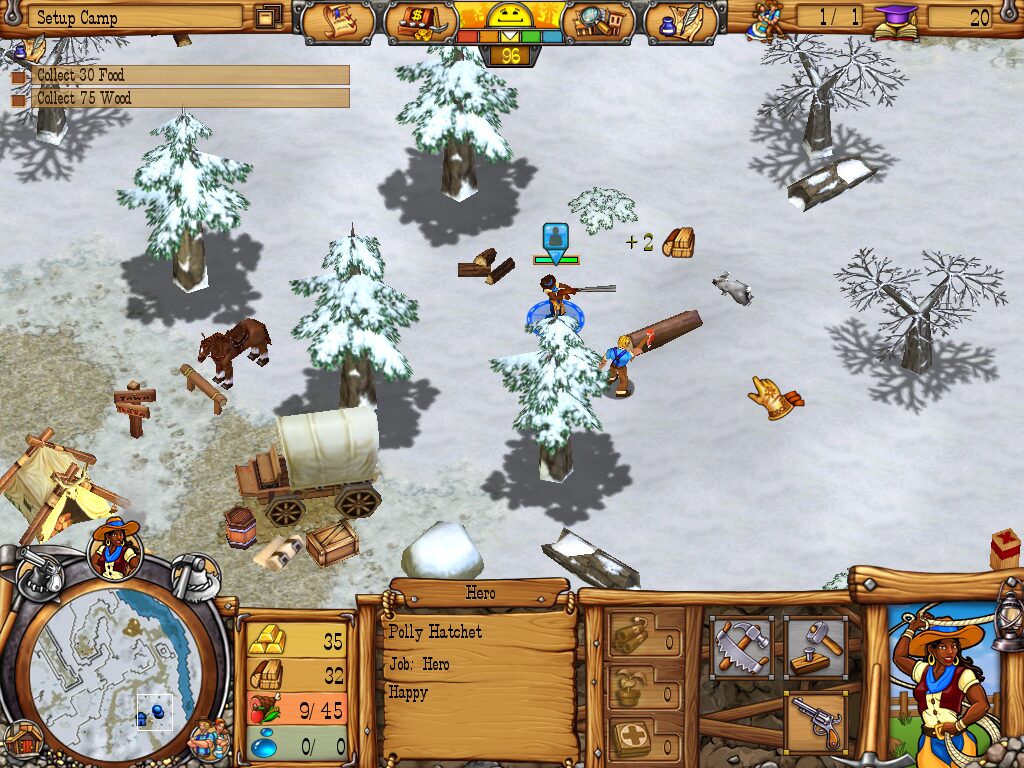
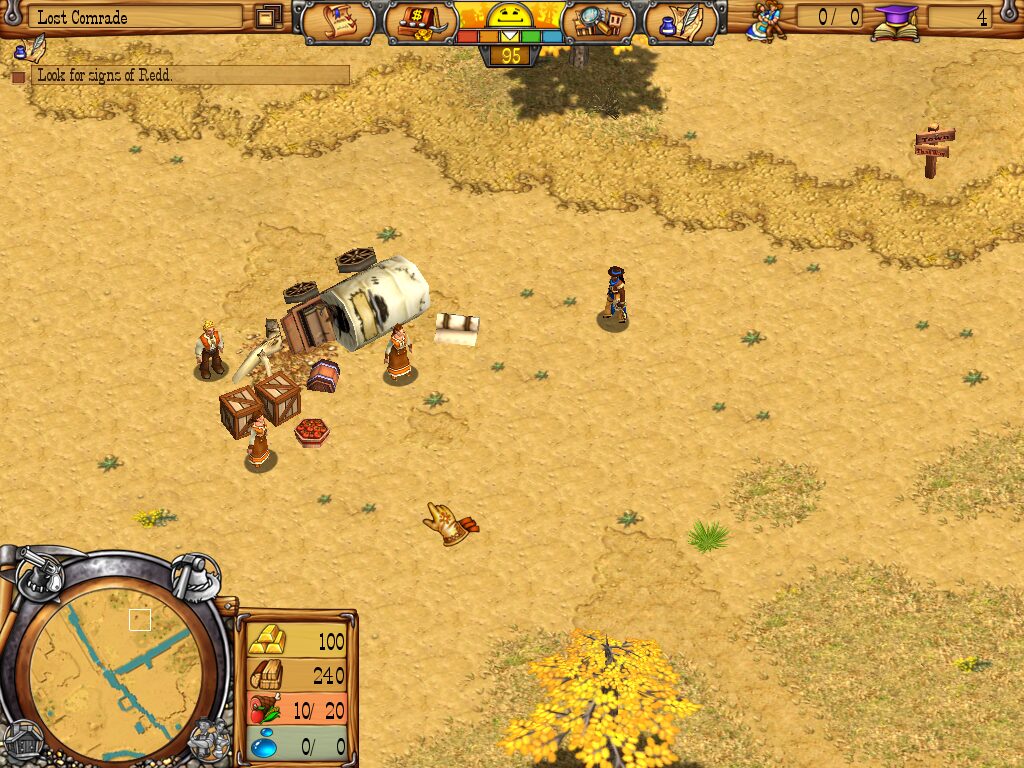
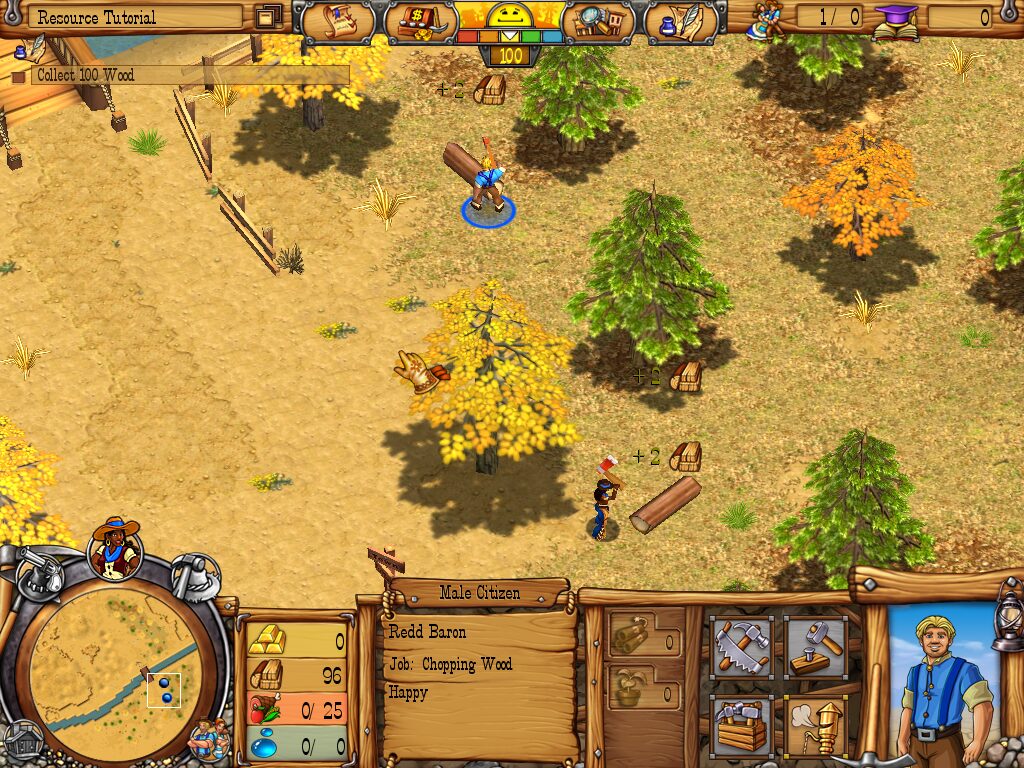

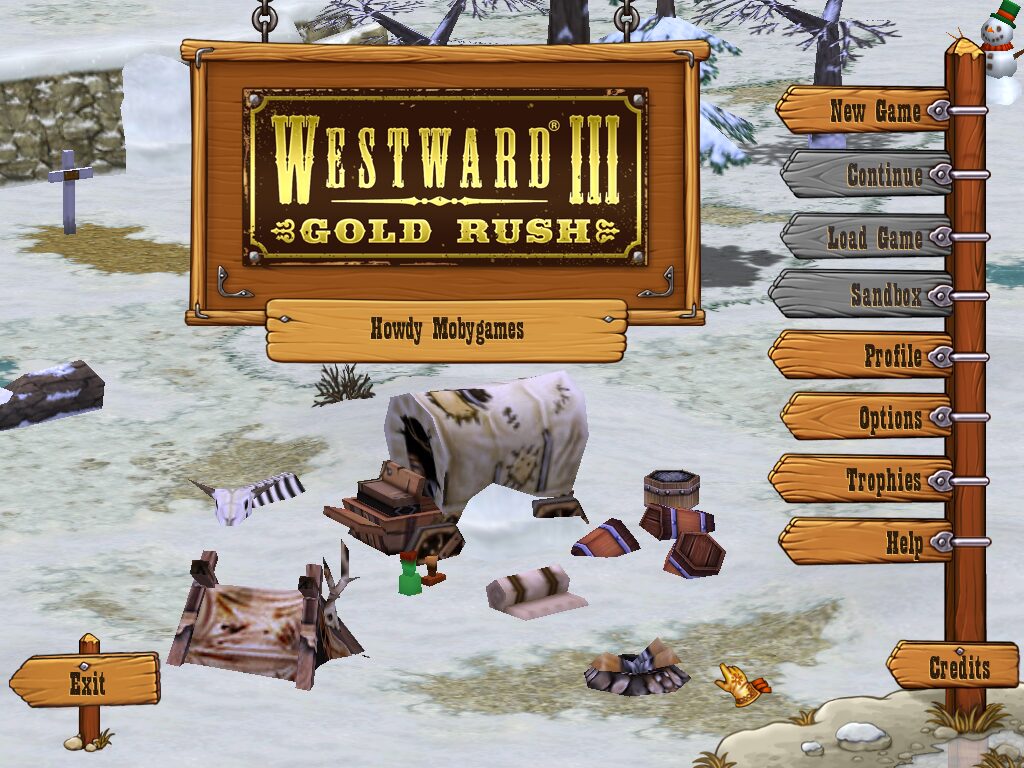



Reviews
There are no reviews yet.